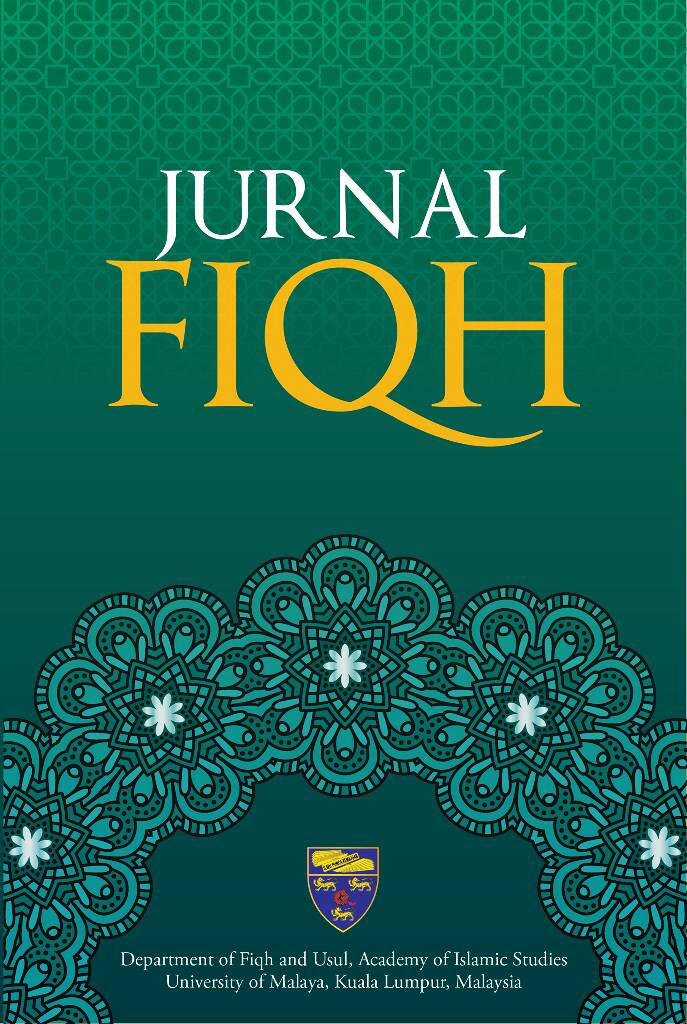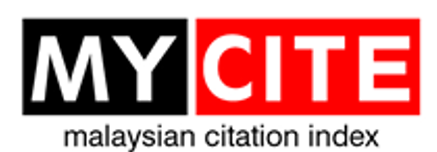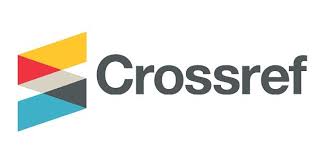ANALISIS KOMPUTASIONAL APLIKASI SUN COMPASS DALAM PENENTUAN ARAH KIBLAT MUSLIM
Computational Analysis of Sun Compass Application in the Determination of Muslim Qibla Direction
DOI:
https://doi.org/10.22452/fiqh.vol20no1.1Keywords:
computational analysis, Sun compass, qibla direction, istiwa' 'adzam, astronomical jurisprudenceAbstract
Sun Compass is a smartphone app that was developed to determine the Muslim qibla direction around the world. The invention of the Sun Compass is said to be a solution to the inaccuracy problem in Qibla app due to its susceptibility to magnetic interference. Based on the calibration technique of the sun’s shadow and true north reference, the Sun Compass showed a high accuracy of the Qibla direction angle. Therefore, this study was conducted to check the Sun Compass’s accuracy by comparing the Qibla direction display with the Qibla shadow. Data collection was carried out through field observation and the collected data were analysed computationally and comparatively. The results of the study found that the Sun Compass application has a deviation value of less than 0.5° with a 99%-confidence level of 0.1015 and it is still below the limit of deviation from the direction of the qibla (had al-tahawwul ‘ani al-qiblah) which, in Malaysia, is allowed for not more than 3°. This study concludes that the application of Sun Compass in assisting Muslims to determine the direction of Qibla is more accurate empirically than other Qibla apps.
Downloads
References
‘Ali ibn Sulaiman al-Hashimi, “Book-Review: The Book of The Reason Behind Astronomical Table,” Journal History of Astronomy 18, no. 4 (1987), 284.
Achmad Nur Fahmi, Analisis Arah Kiblat Masjisd Nurul Huda dengan Menggunakan Teodolit dan Mizwala Qibla Finder. Tesis Sarjana (Universitas Islam Negeri Sunan Ampel, Surabaya: 2021).
Andi Molawaliada Patadongi, Muh Rasywan Syarif dan Zulhas’ari. 2022. Uji Akurasi Arah Kiblat Mesjid Al-Mujahidin (Masjid Tua Watampone Menggunakan Qiblat Tracker, Tongkat Istiwa’ dan Google Earth. Jurnal Ilmu Falak, Vol 2, No. 2 (2022).
Anisah Budiwati, “Tongkat Istiwa’ Global Positioning System (GPS) dan Google Earth Untuk Penentuan Menentukan Titik Koordinat Bumi dan Aplikasinya dalam Penentuan Arah Kiblat,” Jurnal Al-Ahkam 26, No.1, (2016), 65–92.
Aro Qodam Arrasyid. “Perhitungan Arah Kiblat Masjid Menggunakan Theodolit di Kebonsari Madiun.” Al-Manhaj: Jurnal Hukum dan Pranata Sosial Islam. Vol. 2 (2) (2020), 195-215.
Arwin Juli Rakhmadi dan Hasrian Rudi Setiawan, “Pemanfaatan Instrumen Astronomi Klasik Mizwala Dalam Pengukuran dan Pengakurasian Arah Kiblat,” Jurnal Pengabdian Masyarakat. Vol. 1, No. 2.
David A. King, World-Maps For Finding The Direction & Distance to Mecca: Innovation & Tradition in Islamic Science, (Boston: Brill, 1999).
David A. King. 1985. The Sacred Direction in Islam A Study of the Interaction of Religion and Science in the Middles Ages. Interdisciplinary Science Review, Volume 10, Issue 4, 1985.
David A. King. 2005. The Sacred Geography of Islam. Mathematics and Divine: A Historical Study. T. Koetsier & L. Bergmans (eds). Elsevier.
David A. King. 2019. Finding the qibla by the sun and stars. A Survey of the Sources of Islamic Sacred Geography dalam Muslim Heritage.
David A.King., “A Vetustissimus Arabic Treatise On The Quadrans Vetus,” Journal For The History Of Astronomy 33, no. 112 (2002), 3:237 - 255;
Evans, J., The History and Practice Of Ancient Astronomy (New York: Oxford University Press, 1998).
Fajri Zulia Ramdhani. “Kontribusi Pemuda dalam Digitalisasi Ilmu Falak Pada Aplikasi Islamicastro dan Faza Haul”. Latihan Ilmiah Ijazah Sarjana Pascasarjana (Universitas Islam Negeri Sunan Ampel, Surabaya: 2020).
Ferry Nahdian Furqan. “Analisis Komparasi Penggunaan Theodolit Dengan Acuan Kompas dan Arah Matahari dalam Penentuan Arah Kiblat.” Skripsi Syariah (Universiti Islam Negeri Antasari Banjarmasin: 2019).
Ibsanoglu, E., “Science in The Ottomon Empire,” dalam The Different Aspects of Islamic Culture: Science and Technology in Islam, eds. al-Hassan A.Y. Maqbul Ahmed et al. (Beirut: UNESCO Publishing, 2001), 4: 571.
Ila Nurmila, “Metode Azimuth Kiblat dan Rashd al-Qiblat dalam Penentuan Arah Kiblat,” Istinbath, Vol. 15, No. 2 (2020).
Keputusan Muzakarah Jawatankuasa Fatwa Kebangsaan Dalam Isu Kiblat, 17 Oktober 2022, http://e-smaf.islam.gov.my/e-smaf/fatwa/fatwa/find/pr/10250
King, David. In Synchrony with the Heavens, Volume 2 Instruments of Mass Calculation (2 Vols.):(Studies X-XVIII). (Boston: Brill, 2005), 655.
Lubis, Sudirman, Faisal Irsan Pasaribu, Wawan Septiawan Damanik, Munawar Alfansury Siregar, Irpansyah Siregar, and Edi Sarman Hasibuan. "The Design and Qibla Direction by Using the Hmc 5883 L Sensor as a Compass Rhi in the UMSU Science Laboratory (OIF)." Budapest International Research in Exact Sciences (BirEx) Journal 2, no. 3 (2020): 376-381.
M. Arbisora Angkat, “Implementasi Theodolite dalam Penentuan Arah Kiblat Kampus Stain Sultan Abdurrahman Kepulauan Riau,” Bilancia Vol. 16. No. 1 (2022).
Moedji Raharto dan Dede Jaenal Arifin Surya, “Telaah Penentuan Arah Kiblat dengan Perhitungan Trigonometri Bola dan Bayang-Bayang Gnomon oleh Matahari,” Jurnal Fisika Himpunan Fisika Indonesia, Vol. 11 (2011), 1: 23 – 29.
Mohd Hafiz Safiai, Ibnor Azli Ibrahim, Ezad Azraai Jamsari & Md Yazid Ahmad, The Continuity of Astrolabe as Multipurpose Astrofiqh Instrument, International Journal af Applied Engineering Research, Volume 11, Number 9 (2016), pp 6081 – 6086
Mohd Zambri Ibrahim dan Norashikin, “Mobile Qibla and Prayer Time Finder Using External GPS and Digital Compass,” Proceeding of the 9th WSEAS International Conference on Applications of Electrical Engineering Mac 23-25, (Penang, Malaysia: 2010)
Monica Rius. 2009. Finding the Sacred Direction: Medieval Books on the Qibla. Cosmology Across Cultures. ASP Conference Series, Vol 409 @ 2009.
Muhaimin Marsono, “Akurasi Arah Kiblat menggunakan Kiblat Tracker Berbasis Software Sun Compas dan Star Walk di Masjid Islamic Center Dato Tiro Kabupaten Bulukumba,” Tesis PhD (Universitas Islam Negeri Alauddin Makassar: 2020).
Muhamad Syazwan Faid, Muhammad Syaoqi Nahwandi, Mohd Saiful Anwar Bin Mohd Nawawi, Nurulhuda Binti Ahmad Zaki, and Mohd Hafiz Mohd Saadon, “Development of Qibla Direction Determinant Using Sun Shadow,” Online Journal of Research in Islamic Studies 9, no. 1 (2022): 89-102
Muhammad Adnan Bakhit, History of Humanity (Routledge: United Nations Educational, Scientific & Cultural Organization, 2000).
Muhammad Nu’man Alkarim, “Perancangan Aplikasi Perhitungan Rashdul Kiblat Harian dengan Java 2 Micro Edition (J2ME)) Pada Mobile Phone,” Latihan Ilmiah Ijazah Sarjana Jurusan Ilmu Falak Fakultas Syariah (Universiti Islam Negeri Walisongo Semarang Indonesia: 2019)
Mushroor, Sumaiya, Shammin Haque, and A. Amir Riyadh. “The impact of smart phones and mobile devices on human health and life.” International Journal of Community Medicine and Public Health, 1 (2020): 9-15.
Nailur Rahmi dan Yoga Agustion, “Pengukuran Arah Kiblat Tempat Ibadah Dengan Aplikasi Kiblat dan Azimut Matahari,” Batusangkar International Conference Moderate Islam: Research and Cultural Perspectives (2020).
Nilna Minakhah, “Studi Akurasi Aplikasi Android Ismicastro Versi 1.8.12 dalam Penentuan Arah Kiblat,” Latihan Ilmiah Ijazah Sarjana Jurusan Ilmu Falak Fakultas Syariah dan Hukum (Universitas Islam Negeri Walisongo Semarang Indonesia: 2019).
Nisa, Ulyatun, and Titin Suprihatin. "Uji Akurasi Aplikasi Sun Qibla dalam Penentuan Arah Kiblat Praktis." Prosiding Hukum Keluarga Islam 7, no. 1 (2021): 11-15.
Nurulhuda Ahmad Zaki, Mohd Saiful Anwar Nawawi, Raihana Abdul Wahab dan Mohammaddin Abdul Niri, “Cerapan Istiwa'Matahari Dalam Penentuan Arah Kiblat di Malaysia.” Sains Humanika 11, no. 2 (2019).
Nurulhuda Ahmad Zaki, Raihana Abdul Wahab dan Mohammaddin Abdul Niri, “Kesan Revolusi IR 4.0 Terhadap Perkembangan Dan Ketepatan Aplikasi Kiblat Dalam Telefon Pintar,” Jurnal Fiqh 17, no. 2 (2020): 267-308.
Samsó, Julio, and Eduardo Millás. "The computation of planetary longitudes in the Zīj of Ibn al-Bannā'." Arabic sciences and philosophy 8, no. 2 (1998): 259-286.
Sarah Bollanti, Domenico De Meis, Paolo Di Lazzaro, Francesco Flora, Gian Piero Gallerano, Luca Mezi, Daniele Murra, Amalia Torre, and Davide Vicca, “Electro-optical Sun Compass with a very high degree of accuracy,” Opt. Lett. 40, 3619-3622 (2015), https://opg.optica.org/ol/abstract.cfm?URI=ol-40-15-3619
Ulyatun Nisa dan Titin Suprihatin, “Uji Akurasi Aplikasi Sun Qibla dalam Penentuan Arah Kiblat Praktis,” Prosiding Hukum Keluarga Islam 7, No. 1 (2021): 11-15.
Zahrotun Niswah, “Uji Akurasi Kompas Arah Kiblat dalam Aplikasi Android Digital Falak Versi 2.0. 8 Karya Ahmad Tholhah Ma’ruf,” Latihan Ilmiah Sarjana Fakultas Syariah dan Hukum (Universitas Islam Negeri Walisongo, Semarang: 2018).
Zainul Arifin, “Toleransi Penyimpangan Pengukuran Arah Kiblat,” Jurnal Ilmu Falak, Vol. 2, No. 1 (2018).













